How to Wash Clothes After a Puff Back
How to Remove Smoke Odors and Soot From Surfaces
Posted by Jared Twitchell on Sep 17th 2020
The following guidelines are suggestions only. Training and experience will be most helpful in deciding the best procedures and cleaning agents for use in fire and smoke situations. You can receive professional, in-depth training through an Aramsco Distributor in your area. Please view our education calendar here. Proper testing and care must be taken before using any of the following suggestions and products on any surfaces. Protein Fires These would include stove-top fires, burned and charred meat, or most fires where living tissue or hair proteins are involved. Wood and Paper Fires These would include attic fires, fireplace puff-backs, most trash can fires, and general home fires where mostly the wood structure is involved. Synthetic Fires These include fires that involve carpeting and upholstered furnishings, electrical fires, and fires where plastic materials have been burnt. Note: most home fires will be a combination of wood and synthetic types. Before starting a soot removal job, equip yourself with proper Personal Protective Equipment (PPE). Wood soot contains many harmful chemicals, and the small size of the particles allows them to penetrate deep into the lungs. Additionally, soot can combine with moisture to form an acid, which is damaging to people and property. Follow IICRC guidelines on proper PPE. At a minimum, wear an N95 mask, safety glasses, and chemical-resistant gloves. Before cleaning items, test to ensure that any items cleaned with water-based cleaning solutions are not sensitive to water: this includes distortion, color bleed, warping, etc. If an item is water-sensitive, dry cleaning methods will need to be used. Contact your local Aramsco if you have questions. Soot is acidic and can quickly ruin the surfaces in your home. It can damage plastics, stone, metal, grout, painted surfaces, and textiles. Soot can also be inhaled into the lungs and contribute to severe respiratory illnesses. When removing and cleaning soot-covered surfaces time is of the essence. Begin immediately. Dispose of any heavily charred materials that can't be salvaged. Wood fires are generally the easiest to clean up. The soot left behind is often dry and more easily removed by vacuuming and the use of a soot sponge than plastic or protein fires. Use a HEPA vacuum to remove as much soot as possible. A non-HEPA vacuum will just blow the soot back into the air. Follow this up with a soot sponge (also called a dry cleaning sponge) or a lamb's wool duster. Wear gloves and avoid getting the sponge wet as this will stop the sponge's ability to 'grab' soot particles. Use the sponge like you would a giant eraser. The sponge will provide physical agitation and remove soot that the vacuum can't. Be careful not to apply too much pressure when removing soot with a soot sponge on porous surfaces. You want to avoid driving the soot deeper into the surface. Using the soot sponge, clean from the top down. Soot caused by synthetic material, like plastic, will be oily and can't be removed with vacuuming and soot sponges alone. Heavy-duty degreasers are required to break down the bonds the soot has with the surface. Most fires are a mix of synthetic and wood, so you'll almost always need to use a degreaser to completely remove the soot. Glass, highly-polished metal surfaces such as appliances, and natural stone are quickly damaged by acidic soot. Clean these surfaces first. Some odors are so extreme that they require a sealer to prevent them from returning. This is often the case with porous materials like drywall or wood. The small size of the smoke molecule, and the heat and pressure from the fire, drive the molecule so deep into the material that cleaners and deodorizers are ineffective at removing these odors. In these severe cases, a sealer can be painted on to the material to permanently trap odors behind a water-permeable barrier. It is important to use a professional-level sealer. Cheaper sealers will cost you much more money in the long run since odors, and even smoke stains, can reappear after painting over the sealer. This will require you repeat the sealing process with a higher-quality sealer, ultimately costing you much more in labor and materials. Do it right the first time. ATTRIBUTES TO LOOK FOR IN A QUALITY SEALER Questions or comments? Leave a note in the comments section below. Soot and Smoke Cleaning, Sealing, and Odor Deodorization
Types of Fires:
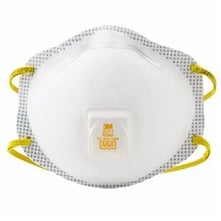
Safety First
Compatibility Testing
Timing
STEP 1 – DISPOSAL
STEP 2 – DRY SOOT REMOVAL
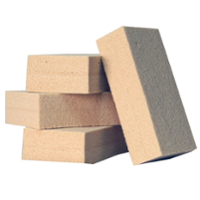
STEP 3 – CLEANING
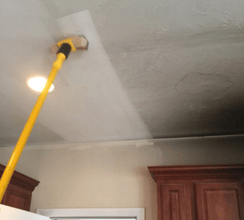
STEP 4 – ODOR NEUTRALIZATION
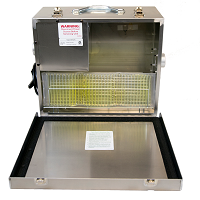
STEP 5 –ODOR SEALING
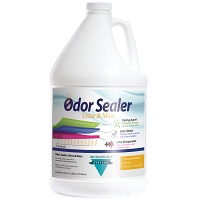
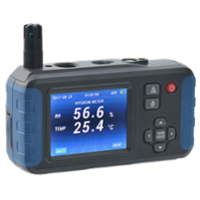
MISC. TIPS
Fire Restoration
How to Wash Clothes After a Puff Back
Source: https://blog.aramsco.com/how-to-remove-smoke-and-soot-from-walls
0 Response to "How to Wash Clothes After a Puff Back"
Post a Comment